Technological Innovations
Technological advancements are reshaping the Aerial Work Platforms Market, leading to the development of more efficient and versatile equipment. Innovations such as electric-powered platforms, telematics, and automation are becoming increasingly prevalent. These technologies enhance operational efficiency, reduce environmental impact, and improve user experience. In 2025, the market is expected to see a significant increase in the adoption of smart aerial work platforms equipped with IoT capabilities, allowing for real-time monitoring and predictive maintenance. This shift towards technology-driven solutions is likely to attract new customers and expand the market reach, with projections indicating a growth rate of approximately 7% annually. As industries seek to optimize their operations, the demand for technologically advanced aerial work platforms is poised to rise.
Expansion of Rental Services
The rental segment within the Aerial Work Platforms Market is witnessing substantial growth, driven by the increasing preference for rental services over ownership. Many companies are opting to rent aerial work platforms to reduce capital expenditure and maintenance costs. This trend is particularly evident in sectors such as construction, where project-based work often necessitates temporary access solutions. In 2025, the rental market is projected to account for a significant share of the overall market, with estimates suggesting a growth rate of around 8% annually. The flexibility and cost-effectiveness of rental services are likely to attract a broader customer base, further propelling the demand for aerial work platforms. As businesses continue to prioritize operational efficiency, the rental segment is expected to play a pivotal role in shaping the market dynamics.
Growing Emphasis on Worker Safety
Worker safety remains a critical concern in various industries, particularly in construction and maintenance sectors. The Aerial Work Platforms Market is positively influenced by the increasing emphasis on safety regulations and standards. Companies are investing in advanced aerial work platforms that incorporate safety features such as guardrails, emergency lowering systems, and stability controls. This trend is expected to drive market growth, as organizations prioritize the well-being of their workforce. In 2025, the market is anticipated to witness a rise in demand for platforms that meet stringent safety requirements, potentially leading to a market expansion of around 6% annually. The focus on safety not only enhances operational efficiency but also reduces the risk of accidents, thereby fostering a safer working environment.
Increased Construction Activities
The Aerial Work Platforms Market is experiencing a surge in demand due to heightened construction activities across various sectors. As urbanization accelerates, the need for efficient and safe access solutions in construction sites becomes paramount. In 2025, the construction sector is projected to contribute significantly to the market, with estimates suggesting a growth rate of approximately 5.5% annually. This growth is driven by infrastructure development, residential projects, and commercial buildings, all of which require aerial work platforms for tasks such as installation, maintenance, and repair. Consequently, the increasing number of construction projects is likely to bolster the demand for aerial work platforms, thereby enhancing the overall market landscape.
Infrastructure Development Initiatives
Infrastructure development initiatives are a key driver of growth in the Aerial Work Platforms Market. Governments and private entities are increasingly investing in infrastructure projects, including transportation, utilities, and public facilities. These initiatives necessitate the use of aerial work platforms for various tasks, such as maintenance, installation, and inspection. In 2025, the market is likely to benefit from substantial investments in infrastructure, with projections indicating a growth rate of approximately 5% annually. The demand for aerial work platforms is expected to rise as these projects require efficient access solutions to ensure timely completion. As infrastructure development continues to gain momentum, the aerial work platforms market is poised for significant expansion.


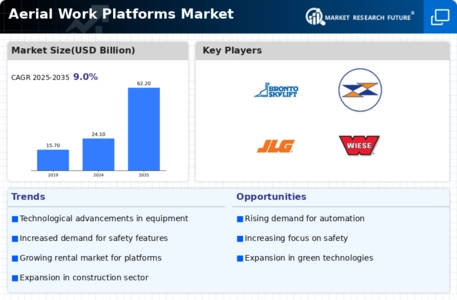
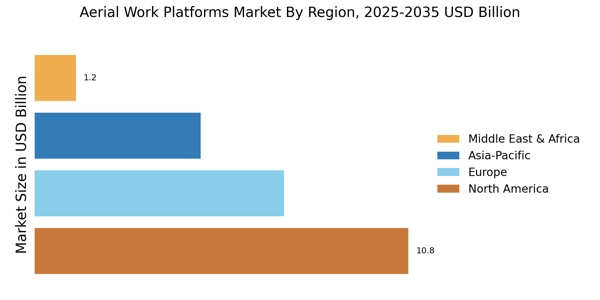
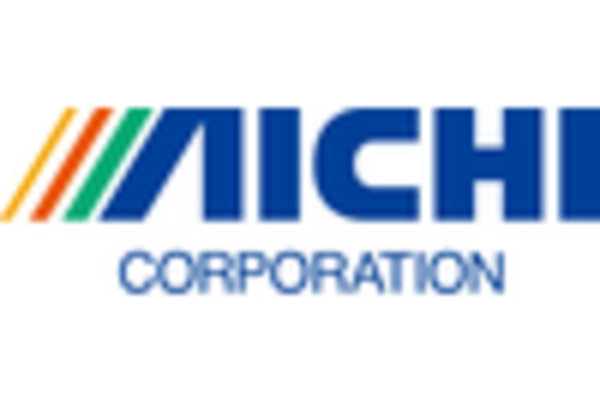

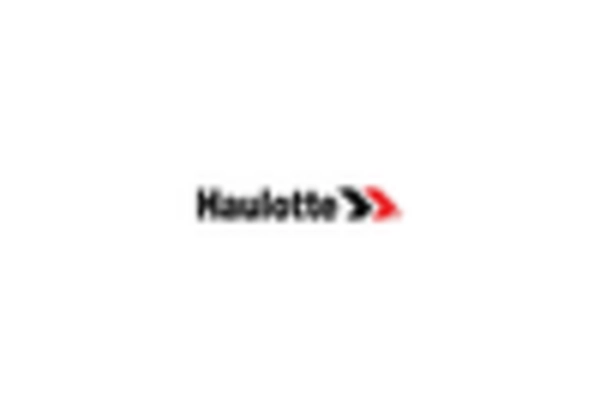
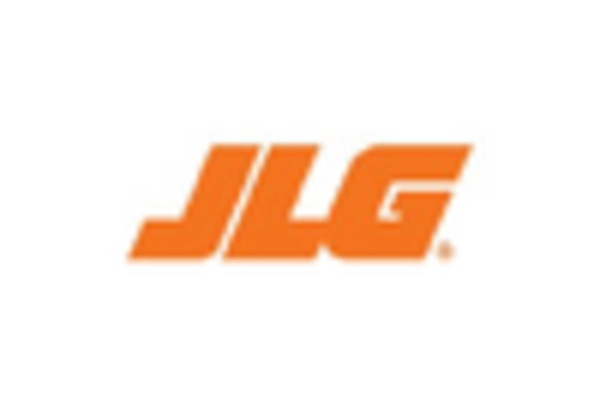

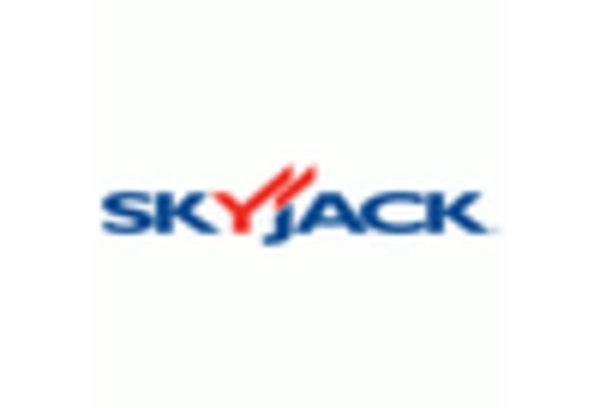








Leave a Comment